Getting From Here to There


By Michael A. Cantu
Photos provided by Iriana Rangel and Shannon Kirkland

Listen to This Issue’s Feature Article

He adopted the motto at age 15, the first time he was diagnosed with cancer. It kept him going when he was diagnosed again at 19 and 23. Now, approaching 30 and cancer-free for nearly six years, Allen tries to forget about its impact on his life, until he has to go for routine scans.
“It’s more of a day before I’m like, hopefully everything goes well,” he explains. “And I get there like, ‘Let’s get these scans over with.’ I’m sure everything is going to be OK — let’s just hope everything’s going to be OK.”
His diagnoses were unique in a couple ways. First, he was told the cancer was rhabdomyosarcoma, a rare soft tissue cancer that is common in children and teens. The American Cancer Society estimates it accounts for only 3% of childhood cancers.
Second, it is the same type of cancer his mother was diagnosed with as a child. She was treated and overcame the cancer, but was diagnosed again as a young adult and died soon after. Allen was only 4 years old at the time.
When doctors told him he had cancer, it still came as a surprise. He was a high school football player in Denver City, Texas, at the time and just thought he needed a simple hernia surgery. “When I woke up a team of doctors came in, using big words — words a 15-year-old coming off anesthesia wouldn’t really know how to process,” he says. “You’re saying this is cancer?”
For six weeks Allen would make daily one-hour-and-15-minute trips to UMC Health System in Lubbock, Texas, for outpatient radiation treatment. His grandmother, who raised him, would typically take him to his appointments. But living in a town of nearly 4,500 people, he wasn’t surprised when family, friends and others offered to drive him to treatments, or made sure food and gas was covered. When he had follow-up visits, he would even have to sneak away if he wanted to make a solo trip.
“They’d be like, ‘When do you go to treatment next time? I can take you. I’m off that week,’” Allen recounts.
By his second diagnosis, he was seeing Mohamad Al-Rahawan, MD, professor of pediatrics in the TTUHSC School of Medicine and the director for the pediatric hematology oncology fellowship program. Al-Rahawan was the one who advised Allen to consider getting a second opinion on treatment options.
“When there is a benefit to leaving the system, we are the first to say you have to go, but thankfully we have been able to reduce those instances,” Al-Rahawan says. “Now we’re saying more often, ‘No, we’ve got you.’”
Luckily for Allen, he had family in the Dallas, Texas, area who work in the hematology-oncology field and referred him to Patrick Leavey, MD, at University of Texas Southwestern Medical Center. Even more fortunately, Leavey was able to transfer a treatment regimen to Al-Rahawan, reducing the need for the frequent six-hour trips to Dallas.
Even with the resources from the community and family, the constant travel was a lot for Allen. It is something he is thankful for, but in the back of his mind, there is the thought of others who may be in the same situation but lack access to treatment. Through his situation, he recognizes the relief that an increase in treatment options could bring to the TTUHSC service area.
“Especially for a kid’s parents — having a kid that’s sick and having to worry about (travel) on top of bills and everything. I think it would take weight off a lot of people,” he says.
caring for a dino princess
n paper her name is Emmie Rangel. But, this particular 4-year-old requires a little more formality; she is to be called the “dino princess.” And when describing “Her Royal Highness,” Emmie’s parents and those who treated her use the same term: sassy.
In early July 2023, Emmie’s parents, Sergio and Iriana Rangel, noticed she was fatigued. Her stomach was bloated for about a month, and when they went to see a local physician, they were initially told it was constipation. But it seemed to be more than that, and soon Emmie’s grandmother noticed her lack of energy and her hair color even started changing.
“And then she said, ‘Let’s take her to Mexico,’ because in Mexico, when you want a CT scan, you can get a CT scan that day,” says Iriana. “And she did, and the doctor said, ‘This is a tumor.’”
The family made the three-hour drive from their home in Pecos, Texas, — a town of about 12,000 people in a rural part of West Texas — to Juarez, Mexico. The doctor suggested they find a specialist as soon as possible, and they were pointed to Lubbock and Al-Rahawan, which is another three-hour drive northeast of their hometown.
After seeing the doctor in Lubbock, they were given the diagnosis: high-risk neuroblastoma. Data from the American Cancer Society shows neuroblastoma is most common among children, and between 700-800 cases are diagnosed each year in the U.S. The high-risk diagnosis is the most serious form of neuroblastoma and often requires a combination of chemotherapy, stem cell transplants and immunotherapy, according to the Cleveland Clinic.
An extra challenge to Emmie’s situation was her age and inability to describe her symptoms. There was a lot of “reading between the lines,” as Al-Rahawan describes it. “Another part that’s hard with kids is that they are so resilient and strong that they compensate until they cannot anymore,” he says. “And, by the time they decompensate, they start falling apart.”
Some of Emmie’s chemotherapy was initially done in Lubbock through UMC Health System. But the stem cell transplants had to be done in Dallas at Children’s Health, which is six hours away from Pecos. That required Iriana to stay by Emmie’s side throughout the whole six-month process, which included removing stem cells from the bloodstream, introducing high doses of chemotherapy, then injecting the cells back into the bloodstream. Those going through that treatment are told to stay close to the hospital, in case complications arise.
Sergio would have to return home intermittently to work. Sometimes the grandparents and other family members would be able to make the trip to help Emmie and Iriana.
“We have more family around the Lubbock area. Dallas, we have some (family), but not very much,” Sergio says. “It was just easier in Lubbock.”
The toll of Emmie’s diagnosis spread throughout the whole family, too. Not only was watching Emmie suffer through treatment difficult, there was also the matter of taking care of the family’s youngest child, Eli. There were short stints in which both parents had to be with Emmie, leaving 2-year-old Eli with a set of grandparents or other family members. Since Iriana is a stay-at-home mom, it was tough when she had to be away from him.
“He kind of gets scared now if I have to leave the room or if he stays with my mother-in-law,” Iriana explains. “He’ll say, ‘Where’s mommy?’ Because he thinks I’m going to leave him. But for the most part, he does OK.”
As of now, the most intense part of Emmie’s treatment is over. Doctors were able to shrink her tumor to the point that it should pose no more threats. Now, the family makes trips every few months to Lubbock for immunotherapy treatments. The hope is she gets to ring the bell soon to symbolize the end of her cancer treatment, so the dino princess can return to her royal life.
“You think, is this going to rob her of her childhood? But, she’s still OK, she’s still playing,” Sergio says. “I don’t get too concerned about her coming of age. (Cancer) is just something she’s going through — not who she is.”

A New Legislative Initiative
Because of this, TTUHSC is requesting state legislators to fund a $50 million project over the biennium, which will be called the Rural Cancer Collaborative. This would help deliver comprehensive cancer care to a region of Texas that has historically been considered a health shortage area.
There are three goals behind the Rural Cancer Collaborative. The first is focused on prevention and early detection. The second would allow the study of cancer’s prevalence in the region to develop tailored treatments for the identified cancers. The third would be to advance integrative treatment, including clinical trials.
Receiving the support would be the first step in easing the travel burden for residents in TTUHSC’s 121-county service area. It would also help to further develop partnerships with rural community hospitals, forging a path to improve health outcomes.
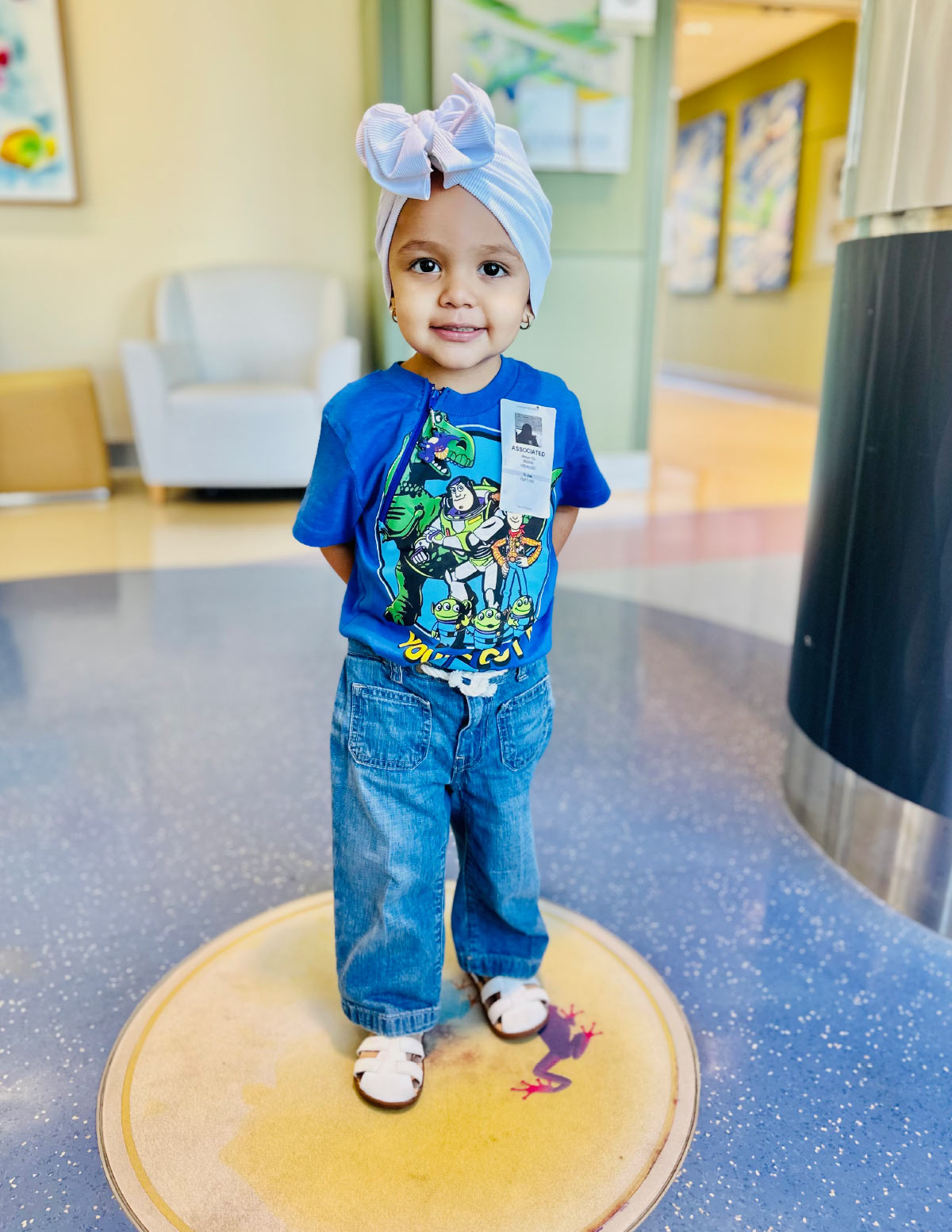
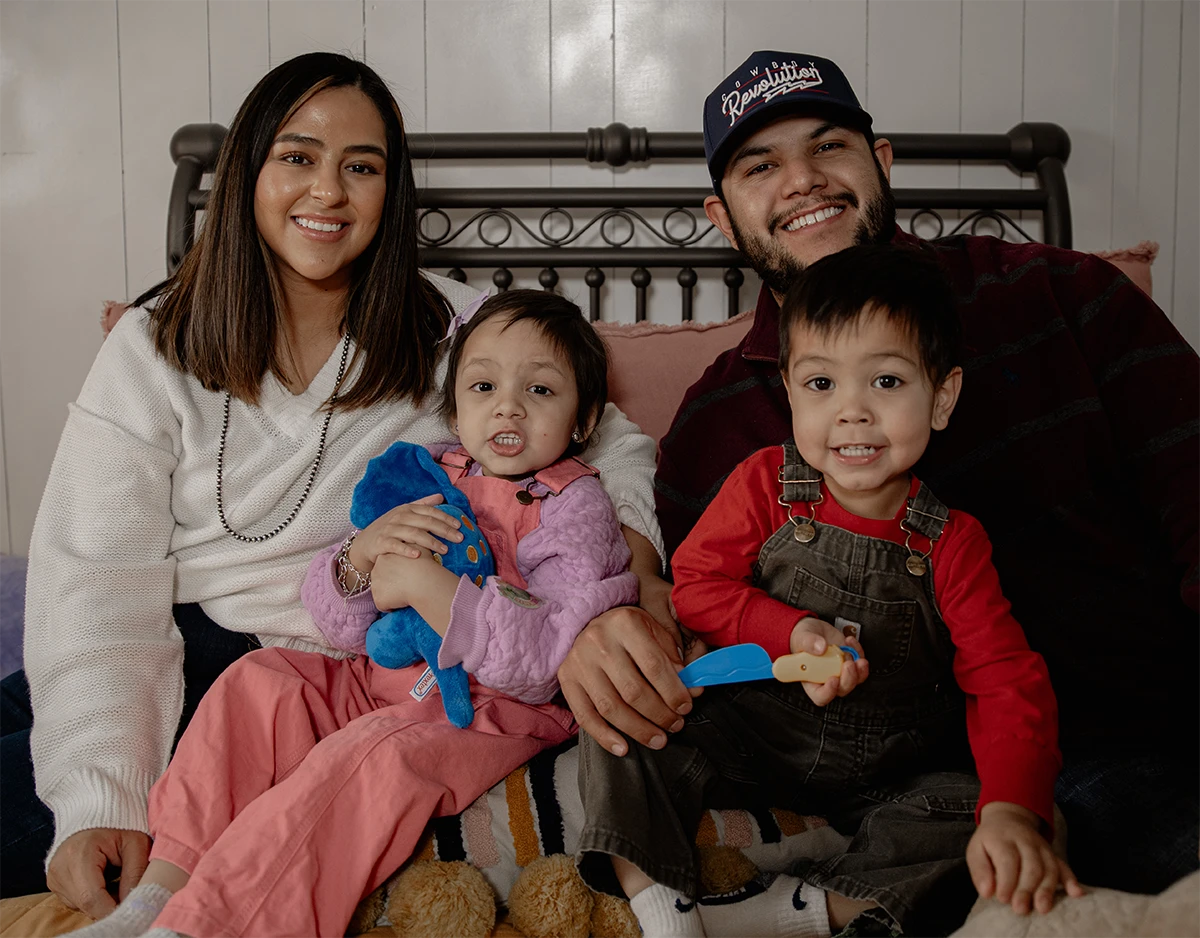
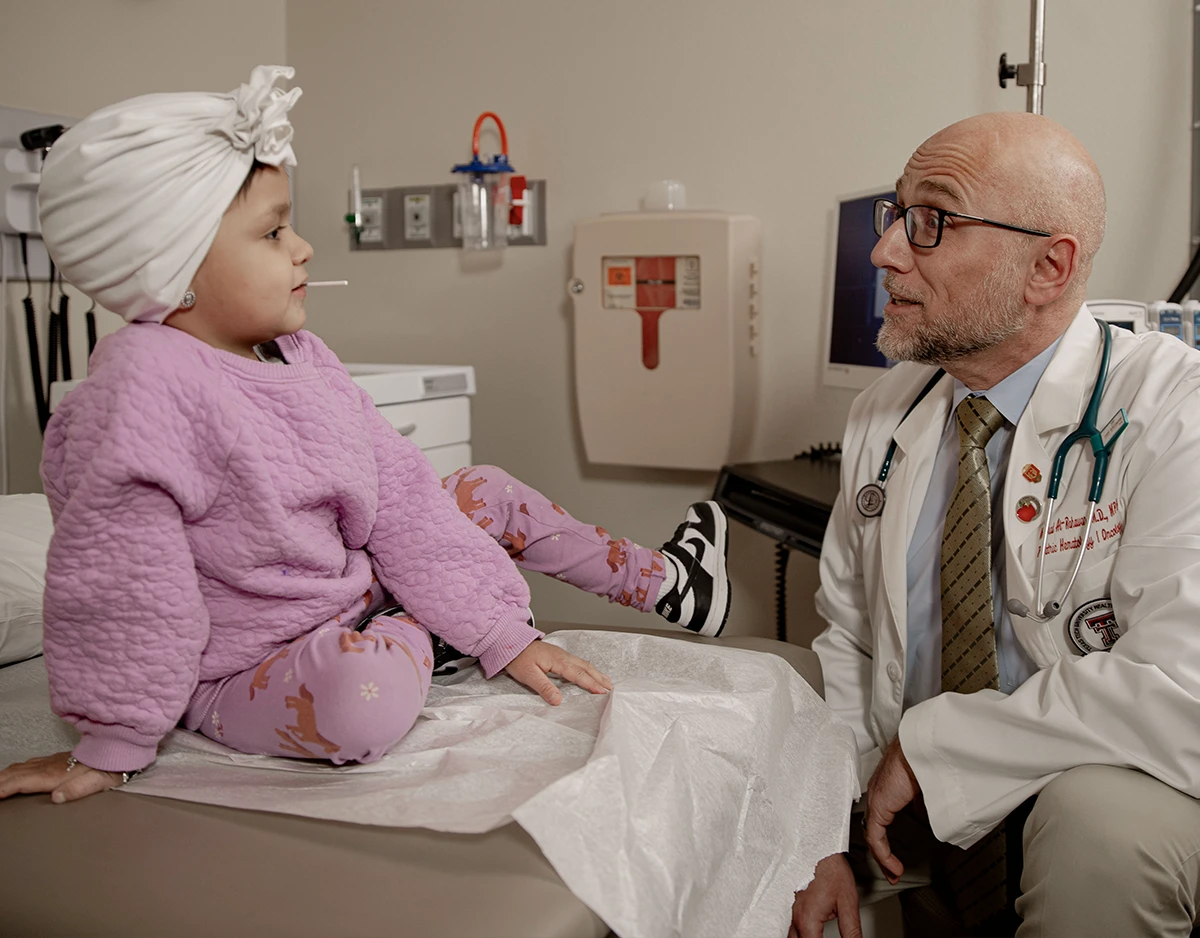
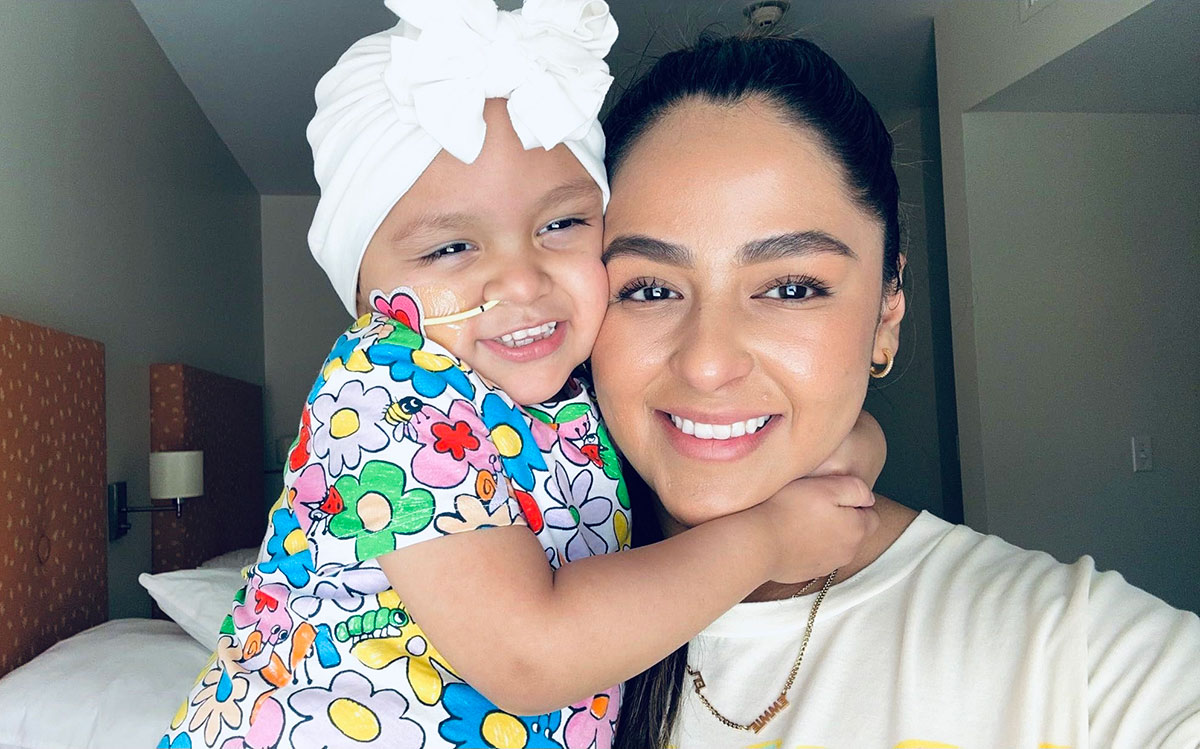
Keeping relationships close
very now and again, the Kirkland family takes out a string of beads that was used to denote various cancer treatments Paxton Kirkland received after her 2018 diagnosis.
White beads, Paxton recalls, represent a chemotherapy session; glow-in-the-dark beads signify a radiation treatment and a rainbow bead denotes time with a child life specialist at Covenant Health in Lubbock. Those colors are mixed in with dozens of other yellows, blues and reds. Altogether, it amounts to just a little under 250. Now 14, she is more than six years cancer-free.
Paxton was 7, and it was getting close to Christmas 2017 when her mother, Shannon Kirkland, noticed a lump on her ear. Initially, Paxton’s doctor sent them home with antibiotics, but the lump continued to grow.
“(The doctor) said the chances of this being cancer are so slim, it’s not even worth mentioning,” Shannon says. “And during the surgery, they’ll test it. And when we went back, they said it’s rhabdomyosarcoma.”
What followed was a frenzy of doctor’s appointments with Al-Rahawan, a second surgery, a trip to Cook Children’s in Fort Worth, Texas, to get a second opinion, chemotherapy and radiation — all to rid the 7-year-old’s body of the rare cancer. The doctor in Fort Worth found a third surgery was not necessary, but an intense 20-week chemotherapy treatment was. Shannon uses the term “rapid fire” to describe the treatment regimen.
The family spent the summer at M.D. Anderson Cancer Center in Houston, Texas, a more than eight-hour drive from Lubbock. Once there, Paxton had to endure 28 days of proton beam radiation.
Fortunately, the family had the means to travel for the treatment. Friends also helped to secure a furnished apartment so the Kirklands could all stay together.
“Being with my family and everything was the most normal part, that’s what I enjoyed the most,” Paxton says. “Because that’s probably one of the only real things that I did have: the relationships.”
Throughout chemo, Paxton suffered through bouts of intense nausea, which affected her hunger. From her parents’ perspective, there was further hardship because there was little they could do. “Nausea was a huge challenge for us,” George Kirkland, Paxton’s father, says. “Until you’ve lived a life where you’ve screamed at your cancer kid to eat because they’ve only eaten 200 calories in the last week, you haven’t experienced full parenthood. Because, you know she needs to eat to live, but she’s sick and can’t eat.”
After about six months of treatment, Paxton was finally free of cancer. However, her recovery was nearly just as intense. Soon after, the COVID-19 pandemic began, and the family was very protective of Paxton’s immune system. She lost a lot of muscle. And she also experienced drop foot, a condition from the chemo that caused her to fall randomly as the nerves in her foot would not fire properly.
“In that time frame she started out at 75 pounds. She was down to 52 after six months of chemo and radiation,” Shannon remembers. “(Al-Rahawan) said to us, ‘It’s good this is over, her body couldn’t have taken anymore.’”
Paxton is now getting close to high school and does what a lot of other teens do: She plays basketball, is learning the piano and (every now and then) argues with her older sister. Having gone through treatment at such a young age, there is not a lot she remembers. What she does remember, she likes to leave in the past.
Through that experience, however, she also developed a future goal of becoming a child life specialist — a health professional who is an expert in child development and psychology and helps children understand a diagnosis and treatment. Those were some of the few people who, as she puts it, made her feel normal.
“It’s difficult knowing that you don’t get to do the same things (as everyone else),” Paxton says. “But, there are people who are not judging you for that. They just want to meet you where you are and be with you there.”
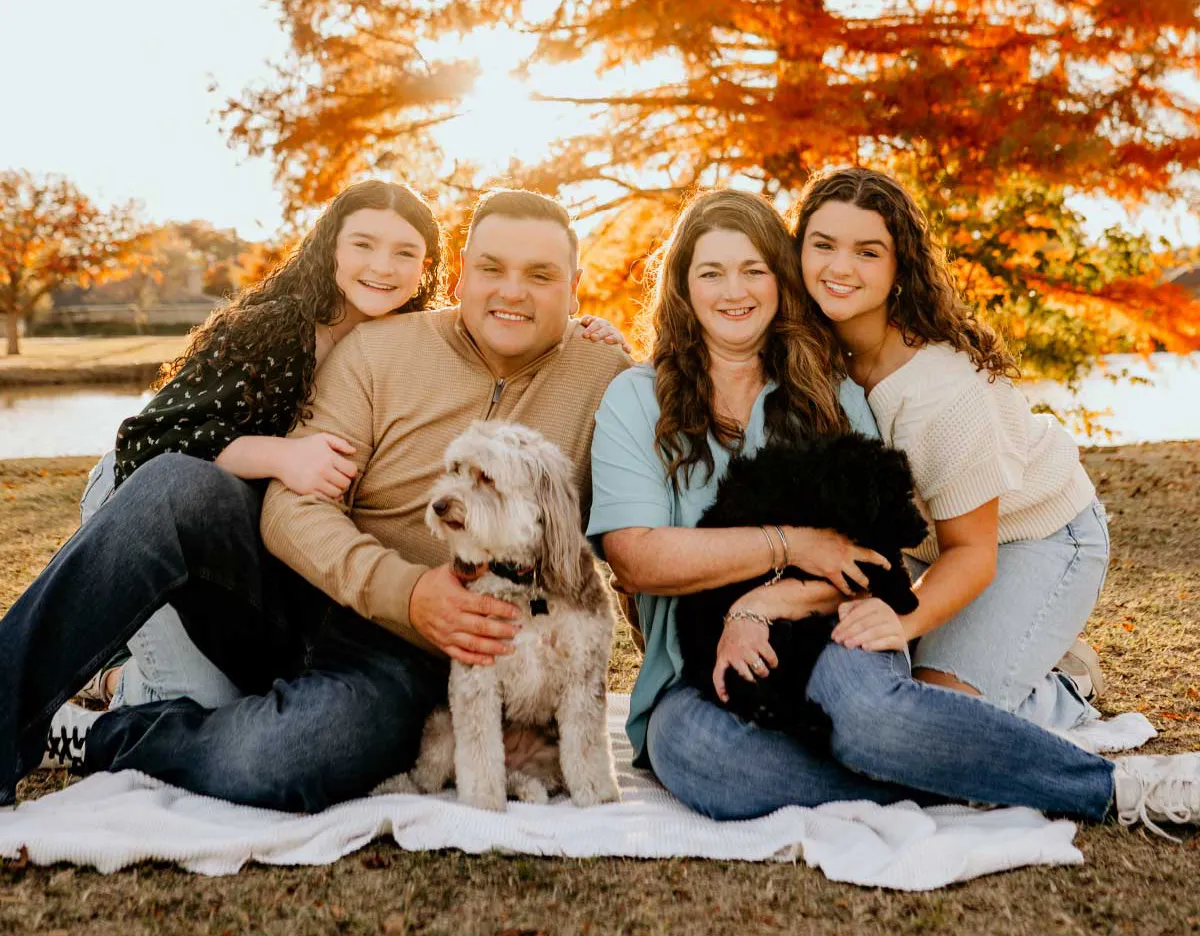
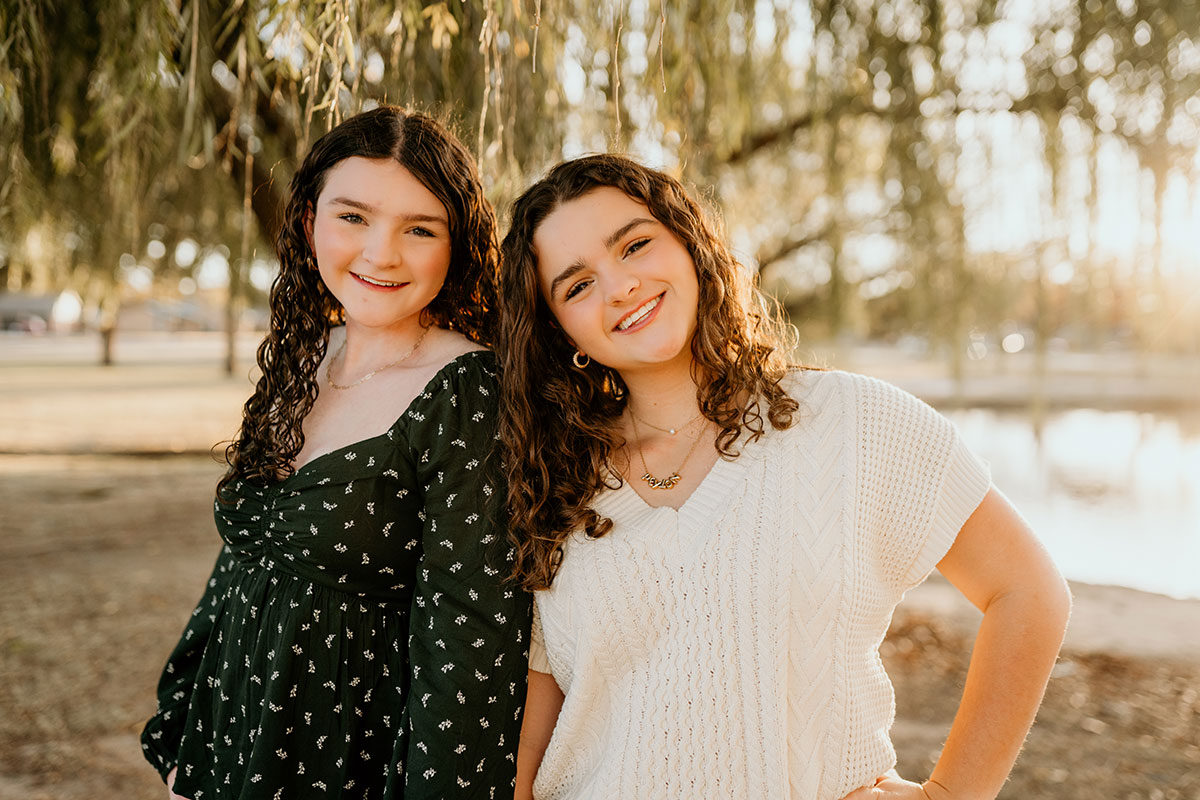
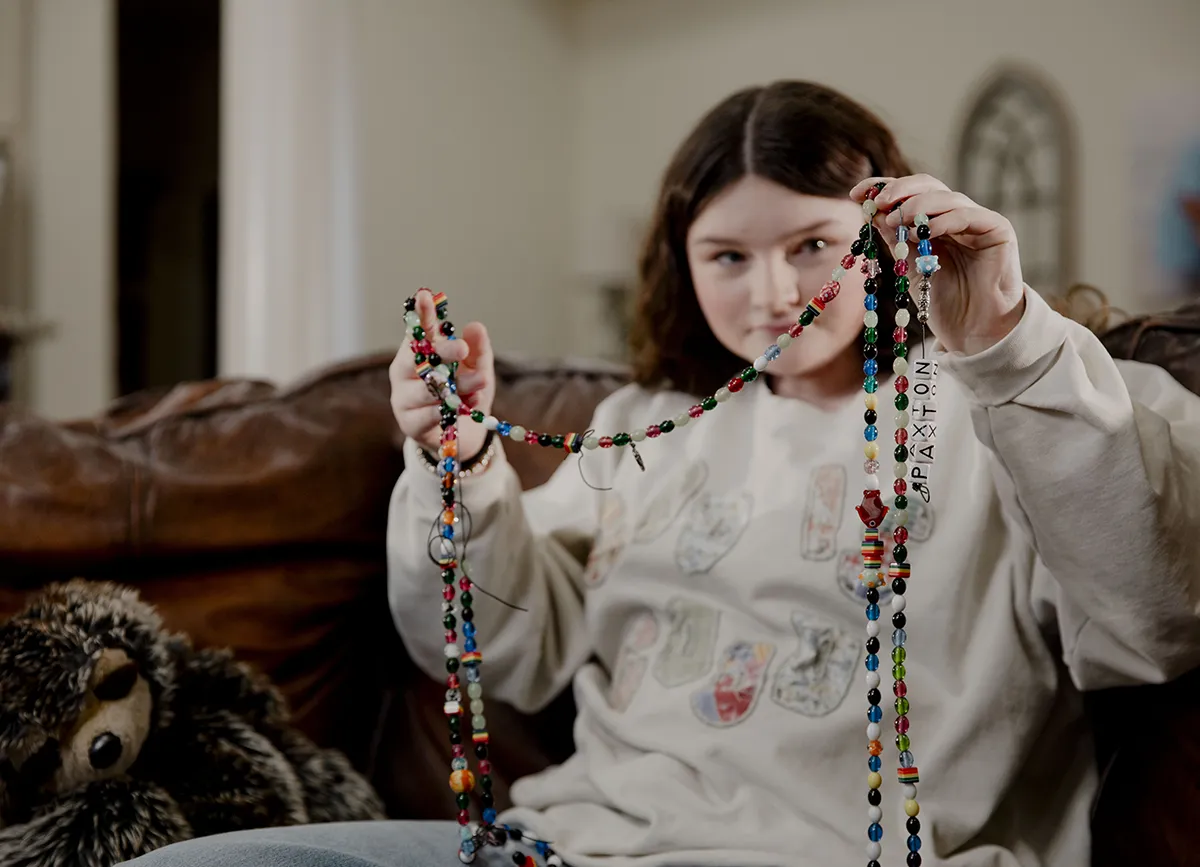

Best cancer care, closer to home
n conversations with Al-Rahawan, he displays a bit of humility in acknowledging pediatric oncology is the least common type of oncology.
“When it comes to the adult perspective, I’m sure there are many, many more challenges that are a little more complex than I see in pediatrics,” Al-Rahawan says.
Research by the National Cancer Institute, compiled between 2017 and 2021, found incidences of cancer in children and young adults was much lower than in adults. For children younger than 15, there were 17.14 diagnoses per 100,000; in those 15 to 39 years old, there were 74.9 diagnoses per 100,000; and in those between 40 and 64, there were 528.9 diagnoses per 100,000.
In the decade Al-Rahawan has spent working at TTUHSC, he has seen an evolution in care and hospital notoriety. He now notices residents throughout the region are more aware of the treatment their children can receive from area pediatricians, especially in oncology and hematology. But, because pediatric cancer impacts such a small population in terms of cancer treatment, efforts are being made to expand cancer care and make it more accessible to adults — especially those in the most rural parts of Texas.
“The goals are pretty simple: We need to develop (a) cancer center here with full capacity — what I’ll call an academically minded cancer program that will serve the needs of the Lubbock area and the greater region,” Thomas E. Hutson, DO, PharmD, PhD, says.
In April 2024, Hutson was named chief of the Hematology Oncology Division within the TTUHSC School of Medicine and director of the UMC Cancer Center. He — along with Matt Sherer, UMC Health System director of Oncology Service Line — were recruited to the area with the goal of increasing access to cancer care.
A 2017 report that analyzed data from the Centers for Disease Control and Prevention shows rural populations have higher cancer mortality rates than urban populations. Data also reveals rural residents are typically diagnosed with cancer at a later stage. Contributing factors to delayed care include a lack of health care providers and long travel distances.
Patients diagnosed with more common cancers can typically seek treatment in Lubbock — but that is still sometimes a multi-hour trek, depending on where a patient lives. Those who are in need of specialized cancer care have to go even further. The closest comprehensive cancer center to the west of Lubbock is the University of New Mexico Cancer Research and Treatment Center — 322 miles and a drive of more than five hours. To the east is the Harold C. Simmons Cancer Center at the University of Texas Southwestern Medical Center — 350 miles and a drive that is sometimes six hours.
Throughout Sherer’s two decades of hospital administration, he helped to build regional hospital networks throughout parts of the South. That is what he, along with Hutson and Al-Rahawan, would like to see in the TTUHSC service area. A network of rural hospitals that offers cancer care could increase the likelihood of prevention and early detection. Patients don’t have to worry about travel if they start to notice symptoms.
That requires recruiting subspecialists who could work among the rural populations. Those subspecialists would also have the ability to provide what is called integrated care, meaning patients would be afforded the opportunities to participate in clinical trials. Research published in 2024 in the Journal of Clinical Oncology shows 70% of U.S. residents do not have access to cancer clinical trials. An increase in access could also mean patients would be less likely to see clinical trial care as a later stage effort in treatment.
“Clinical trials don’t find their way to you; it’s not like the latest, greatest therapy in colorectal cancer is going to knock on our door and say, ‘We want you to open up your trial at TTUHSC,’” Hutson asserts. “That’s not how it goes, it’s very much investigator-driven.”
Trials can also feed into expanding research into cancer care. In Texas female breast cancer ranks No. 1 for new cancer cases, new cases of lung cancer rank 10th in the nation and colorectal cancer is one of the top three types of cancer prevalent in the majority of TTUHSC’s 121-county service region. Texas, itself, ranks third in the nation for cancer cases and mortality. Increased research and collaboration would help to find why that is.
As Al-Rahawan sums it up, “First, where there is a will there is a way. Second, is the people of the region deserve the best possible care. Third, is the entities of the region want to deliver the best possible care.”